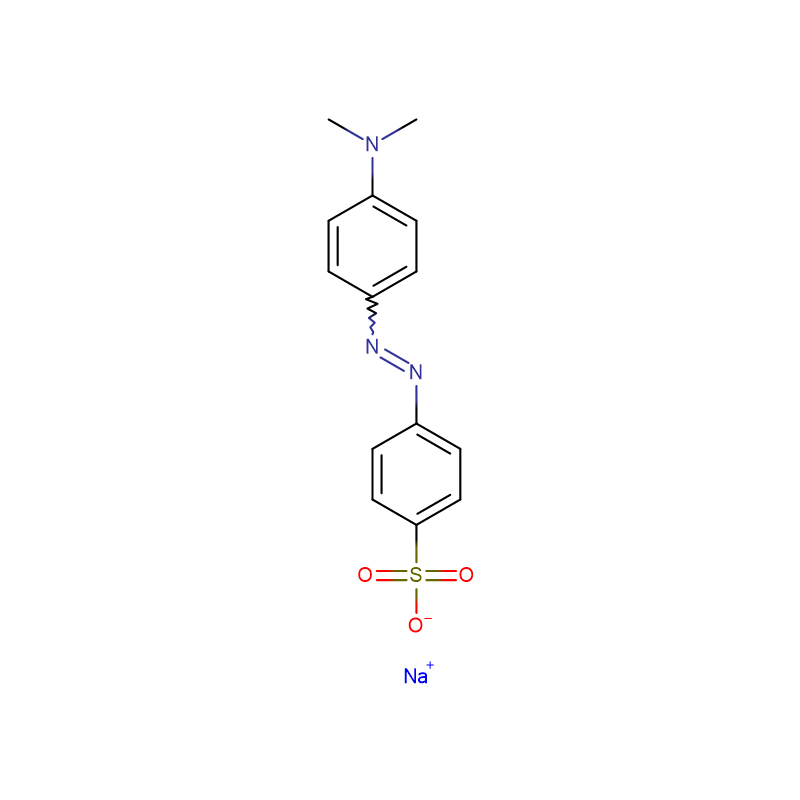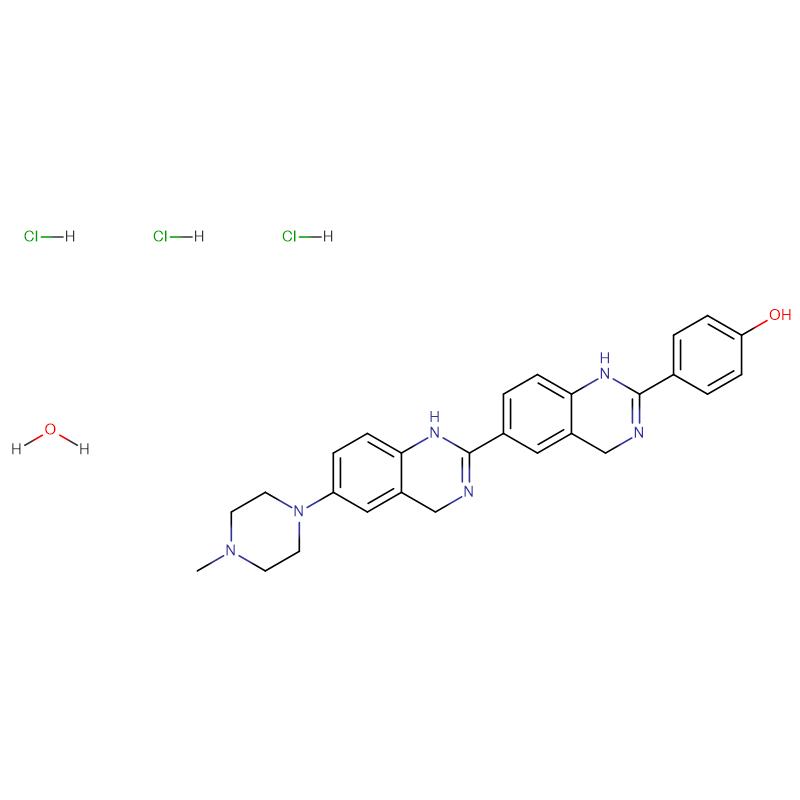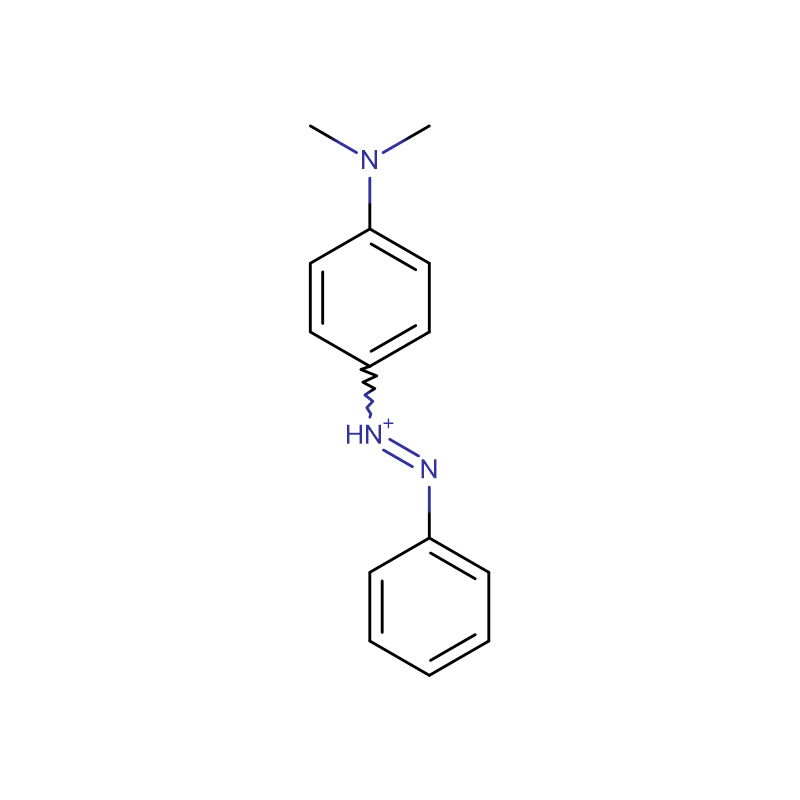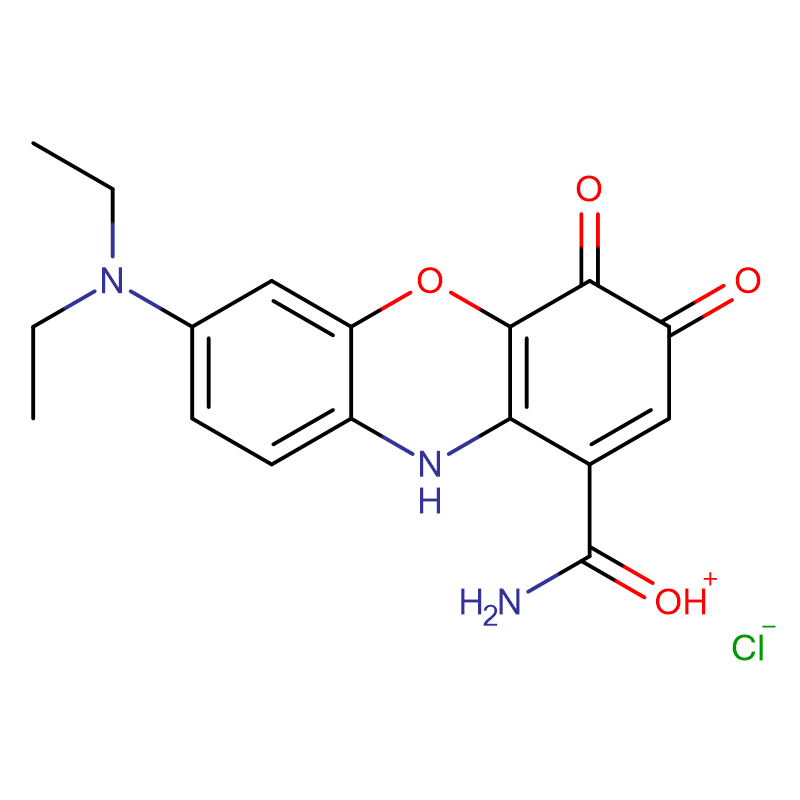Glyoxalbis(2-hydroxyanil) CAS:1149-16-2
| Catalog Number | XD90454 |
| Product Name | Glyoxalbis(2-hydroxyanil) |
| CAS | 1149-16-2 |
| Molecular Formula | C14H12N2O2 |
| Molecular Weight | 240.26 |
| Storage Details | 2 to 8 °C |
| Harmonized Tariff Code | 29252000 |
Product Specification
| Melting point | 201-205℃ |
| Boiling point | 448.4 °C at 760 mmHg |
| Appearance | off-white to tan powder |
| Assay | 99% |
In order to clarify the initial process of dentin mineralization, the inhibitory effect of 1-hydroxyethylidene-1,1-bisphosphonate (HEBP) on dentin mineralization was investigated. Rats (100 g) were subcutaneously injected with HEBP (8 mg P/kg) for 7 or 14 d, and the incisors were processed for Ca histochemistry and/or electron microscopy. HEBP-treated incisors demonstrated ladder-like alternate rows of mineralized and non-mineralized dentin at the apical end. GBHA revealed moderate Ca reactions in the non-mineralized circumpulpal dentin matrix where electron microscopy revealed rich distribution of fine mesh-like electron-dense material. Non-mineralized mantle dentin matrix was negative for Ca but contained numerous matrix vesicles (MVs) filled with crystalline and/or amorphous mineral deposits. Mineralization of circumpulpal dentin occurred independently of MV-rich mantle dentin layer in affected specimens. Our data provide histochemical evidence of possible Ca-binding property of the circumpulpal dentin matrix and its absence in the mantle dentin where MV-mediated mineralization occurs. In the mantle dentin, HEBP does not interfere with crystal growth in MVs but inhibits its outgrowth after membrane rupture. It is proposed that circumpulpal dentin matrix has a potential to mineralize independently of MV-mediated mineralization of mantle dentin, although MVs determine the initial site and timing of dentin mineralization.








